Nigeria’s 36 states spent a staggering ₦235.58bn on servicing external debt in the first half of 2025 — a sharp 68.4% increase from the ₦139.92bn recorded in the same period last year — as the depreciation of the naira drives up the local cost of dollar-denominated obligations.
An analysis of National Bureau of Statistics data on Federal Account Allocation Committee (FAAC) disbursements by The PUNCH shows that January alone saw a record ₦40.09bn deducted from states’ allocations, a year-on-year surge of over 305% compared to ₦9.88bn in January 2024. This remains the highest single-month repayment so far this year.
In February and March, repayments stood at ₦39.10bn each, far above last year’s ₦24.53bn and ₦40.41bn respectively. From April to June, the monthly figure remained steady at ₦39.10bn — an 80.1% jump from ₦21.70bn in the same months of 2024 — reflecting a relatively stable exchange rate in the second quarter.
Lagos, Rivers, Kaduna Dominate Debt Servicing
Lagos retained its position as the state with the heaviest external debt burden, remitting ₦49.58bn in the first six months — more than double that of any other state and 52.8% higher than the ₦32.44bn recorded last year.
Rivers State followed with ₦26.34bn, an eye-watering leap of over 470% from ₦4.62bn in 2024. Kaduna came third with ₦24.47bn, up from ₦23.09bn, while Ogun nearly tripled its payments to ₦12.57bn. Edo rounded out the top five at ₦10.18bn.
Together, these five states accounted for ₦123.14bn — 52.3% of the national total — underscoring the concentration of foreign debt in a handful of subnationals.
At the other end of the spectrum, Jigawa paid the least at ₦1.39bn, followed by Benue (₦1.44bn), Yobe (₦1.46bn), Borno (₦1.52bn), Zamfara (₦1.56bn), and Plateau (₦1.81bn). Despite smaller debt profiles, these states still saw year-on-year repayment spikes of up to 128%, highlighting the nationwide impact of exchange rate depreciation.
Economic Pressure Mounts
The Federal Government services these loans on behalf of states via an Irrevocable Standing Payment Order (ISPO), deducting the agreed sums from monthly FAAC allocations before disbursement.
Economists warn that the ballooning debt service costs — in some cases exceeding states’ internally generated revenue (IGR) — threaten fiscal stability. Seven states, including Bayelsa, Adamawa, and Niger, reportedly spent an average of 190% of their IGR on debt servicing in Q1 2025, leaving little room for capital projects.
Proshare’s Chief Economist, Teslim Shitta-Bey, cautioned that most governments are failing to manage their balance sheets effectively, urging states to explore equity-like long-term financing, maintain a register of national assets, and issue revenue bonds rather than general obligation bonds.
Similarly, macroeconomic analyst Dayo Adenubi advised states to boost IGR through improved tax collection, especially property and transport levies, while ensuring visible delivery of public services to sustain taxpayer compliance.
With the naira’s weakness continuing to inflate repayment costs, analysts warn that without aggressive revenue growth and prudent borrowing, more states could find themselves trapped in a debt-service spiral that squeezes out essential public spending.



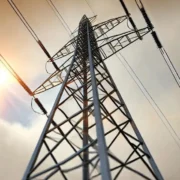
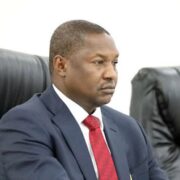

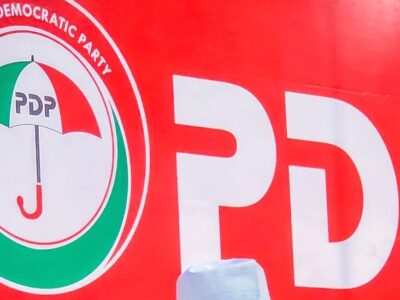
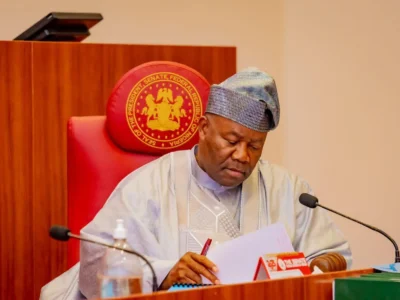
![[BREAKING] Banditry: DSS summons Sheikh Gumi](https://nelsdaily.com/wp-content/uploads/2021/06/3-26-400x300.jpg)
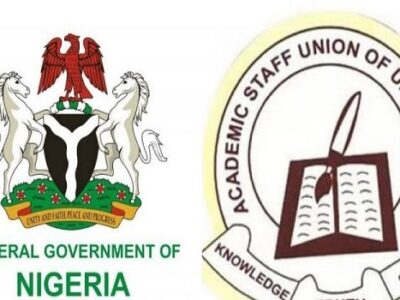
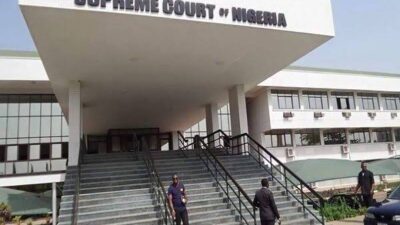

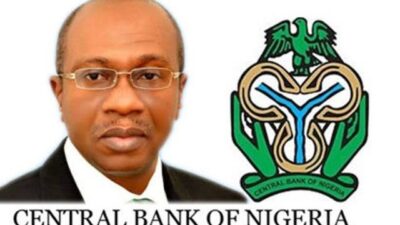

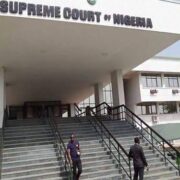

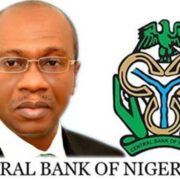

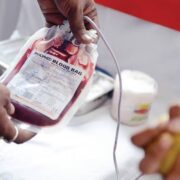

Comments